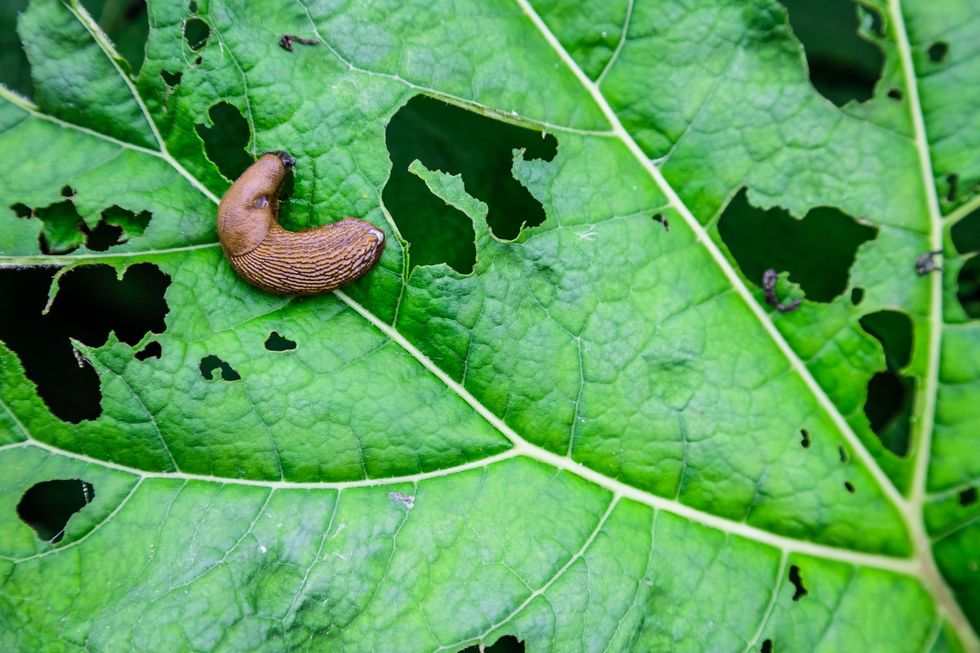Asters are beautiful perennials that are often likened to colorful daisies.
This makes it a beautiful addition to any garden, and GB News tells you what you need to know to grow this plant successfully.
What you need to know about caring for asters
When it comes to planting asters in your garden, choosing the right location is the first step to ensuring they survive: Look for a sunny spot and make sure the soil is well-watered but not soggy, says Evan Torchio, CEO and founder of Tree Menders.
He told GB News: “Plants love sunlight so choose a spot that gets at least a few hours of sun a day. Water them regularly, especially if they are new plants, but be careful not to overdo it – wet soil is not good for plants.”
“They're not fussy about fertilizer, but a little fertilizer in the spring will encourage more blooms, and to keep them bushy and produce more flowers, it's a good idea to pinch off the tips of the stems early in the season.”
GB News publishes aster growing guide
Getty
Once you've found the perfect spot, it's important to prepare the soil, Melvin Cubian, a certified botanist from the PlantIn app, told GB News.
“As with most gardening tasks, the most important thing is to have good soil, because that's where plants get their nutrients for growth and development. At the very least, it must be well-draining and have the ability to retain moisture,” he said.
“If your garden soil is too sandy or clayey, mixing in compost, vermicompost or well-composted manure can help break up the soil if it's too compact, or improve drainage if it's sandy.
“If the soil is not properly prepared, it can lead to poor germination, stunted growth and even fungal disease, ultimately causing death.”
Gardeners can purchase asters and plant them at home or they can grow them from seed.
The expert continued: “To plant a seedling or a flower bought from a garden center, simply dig a hole the size of the pot. Remove the root ball, being careful not to damage it too much. This will help prevent transplant shock.”
“As an added measure to prevent stress, allow it to acclimate outside or in your desired location for about a week, then plant it once the soil is dry. After planting, keep the soil well moist to allow better contact between the root ball and the new soil.”
“If you want to grow asters from seed, simply sow the seeds on the edge of a flower bed or walkway, covering lightly with soil. Alternatively, you can sow a few seeds on a hill (the planting area).
“You can thin out the seedlings that will germinate later. They usually germinate in two to three weeks, depending on temperature. Also, keep the soil moist throughout the germination period.
“For aesthetic effect, plant similarly colored varieties in the same location. That way, as soon as they sprout and flower, they'll create contrasting, yet complementary colors.”
Once planted, asters need care and attention to survive and thrive, which means fertilizing them and watering them on hot days.
Melvin continues: “Once you've successfully planted your asters, optimizing your watering, pest and disease prevention, and other maintenance routines will help your flowers last longer.”
“During hot summer months, especially when they are in the seedling stage, water roughly every other day, but adjust the frequency of watering based on the soil moisture status – if the soil is still damp or there has been recent rain, hold off for a day or two.
“Additionally, when watering, be careful not to wet the leaves. Instead, water directly into the soil to prevent splashing and keep the leaves dry, reducing the chance of fungal infection.
Latest Developments
GB News introduces ways to repel pests
Getty
“Another way to prevent disease and maintain overall root health is to mulch – this is done by covering the soil with about 2 inches (3 cm) of organic material such as shredded bark, hay or sawdust to help mitigate the spread of disease.
“Since most of the spores originate from the soil, this acts as a natural physical barrier to prevent them from getting onto the leaves. Plus, it helps keep the soil cool and moist on hot days.”
Like many plants and flowers, asters may need pruning to thrive.
“In terms of pruning, asters don't need to be trimmed, but if the flowers die back or the leaves turn brown in summer or fall, prune them back immediately. This is called deadheading, and it not only helps prevent disease but also encourages subsequent flowering.”
“Asters aren't too picky about fertilizer, provided the soil is well prepared. But for abundant blooms, mix in a 5-10-10 NPK slow-release fertilizer before planting, or apply as a top dressing when they're already established.”
GB News has some tips to protect your garden: Repel pests like slugs, cats and mice using natural methods.



